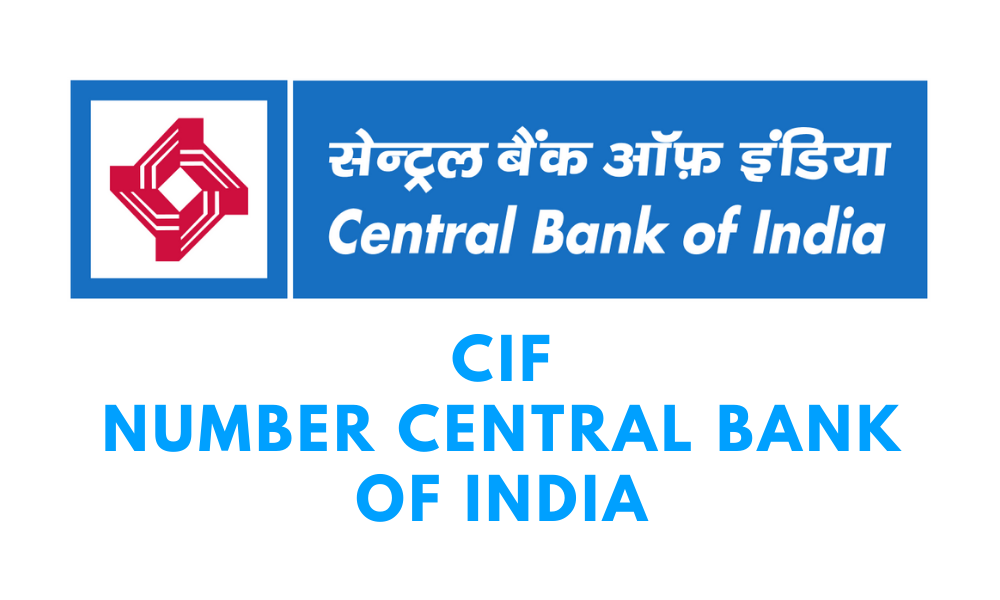

Let us now assume that everyone is preparing for future retirement and decides to save more. The demand for goods and services is abruptly decreasing. It does not account for stable demand created by outside economies .
The business experiences fewer sales and a decrease in productivity and cannot sustain as many employees as a result. When some of these employees lose their jobs, they have less disposable income to spend and the recession may deepen. It tracks macroeconomic factors like the uncertainty of unemployment, recession, and reduced business profits. When such a change in consumption patterns occurs in society, it triggers a vicious cycle. Demand falls—business output falls—more unemployment—recession increases. The Paradox of Thrift is the theory that increased savings in the short term can reduce savings, or rather the ability to save, in the long term.

In 2020, the economic shutdown will lead to an unprecedented rise in savings. Partly because people are very nervous about the future economy but also because opportunities to spend are severely limited. If an individual decides to increase savings from $1000 to $2000 every month, the monthly budget falls from $2500 plus $500 in cash to $1750 plus $250 in cash. In addition, each individual saves about $1000 by opting for one of the investment options.
Recommended Articles
The paradox only refers to saving by not spending on consumer goods and ignores the productive use of those savings. The paradox states that an increase in autonomous saving leads to a decrease in aggregate demand and thus a decrease in gross output which will in turn lower total saving. The paradox is, narrowly speaking, that total saving may fall because of individuals’ attempts to increase their saving, and, broadly speaking, that increase in saving may be harmful to an economy.

When people earn more, they tend to consume more, leading to economic growth. It calls for a lowering of interest rates to boost spending levels during an economic recession. In the Great Recession, the increase in the number of adult children living with their parents is also a good example of the paradox of thrift. According to the Census Bureau’s “Families and Living Arrangements” dataset, the percentage of 25- to 29-year-olds living with their parents increased from 14 percent in 2005 to 19 percent in 2011.
The Paradox of Thrift is one of the Keynes theories that depict the negative impact of saving on the economy during the phase of recession. Higher domestic savings can lead to lower domestic inflation and therefore increase exports. This fall in spending and a rise in saving contributed to the recession.
What is ‘Paradox of Thrift’
This is related to Say’s Law which states supply creates its own demand. Higher saving increases bank balances and can lead to an increase in bank lending – and hence investment. This rather long-winded statement was shortened by Paul Samuelson, who used the term ‘paradox of thrift’ in his influential post-war macroeconomics text book.
Consumers start investing in financial markets or assets. Businesses run out of working capital and halt production. A controversial Keynesian economics theory, which proposes that if everyone tries to save more during a recession, then aggregate demand will fall. As a result, the theory argues everyone would grow poorer instead of richer due to the decreases in aggregate consumption, saving, earnings, and economic growth.
- The paradox of thrift suggests that if there is a recession, there will be a rise in private sector saving and hence greater demand to buy government bonds.
- Lastly, the paradox of thrift ignores Say’s Law of Markets, a classical economic theory that states that goods must be produced before they can be exchanged.
- The demand for goods and services is abruptly decreasing.
- Consequently, Keynes argued, output would decrease and, therefore, limit economic growth/recovery until, of course, I bought my new computer with the money that I’ve saved.
This economic theory is considered a paradox, as overall savings can be reduced due to the efforts of individuals to maximize savings. This argument starts with the assumption that total income must equal total output in equilibrium. Keynes first popularised the term as it fitted in neatly with his concept that recessions were caused by falls in aggregate demand. It also justified higher government borrowing to offset the private sector savings. The paradox of thrift is a concept that if many individuals decide to increase their private saving rates, it can lead to a fall in general consumption and lower output. This theory was heavily criticized by non-Keynesian economists on the ground that an increase in savings allows banks to lend more.
Define the Paradox of Thrift.
The circular flow of income model was first introduced by French-Irish economist Richard Cantillon in the 18th century. Cantillon’s initial model was relatively primitive and was progressively expanded upon by Karl Marx and John Maynard Keynes, among others. In general terms, money flows from producers to workers as wages and then from workers to producers as payment for a product or service. The paradox of thrift was popularised by British economist John Maynard Keynes and is a central component of Keynesian economics. Proponents of Keynesian economics believe the proper response to a recession is more spending, more risk-taking, and less saving. They also believe that spending, otherwise known as consumption, drives economic growth.
The ASL fingerspelling provided here is most commonly used for proper names of people and places; it is also used in some languages for concepts for which no sign is available at that moment. DisclaimerAll content on this website, including dictionary, thesaurus, literature, geography, and other reference data is for informational purposes only. This information should not be considered complete, up to date, and is not intended to be used in place of a visit, consultation, or advice of a legal, medical, or any other professional.
The figure shows that in the end, planned saving has fallen from AY to E1Y1. Notice at new point of equilibrium E1, investment level and also realised saving remain the same but level of income has fallen from OY to OY1. The decline in equilibrium level of income shows the paradox of thrift as the reverse process of multiplier has worked on reducing consumption expenditure.
मितव्ययिता का विरोधाभास क्या है? [What is the Paradox of Thrift? In Hindi]
Aggregate demand is a measurement of the total amount of demand for all finished goods and services produced in an economy. Stay current with brief essays, scholarly articles, data news, and other information about the economy from the Research Division of the St. Louis Fed. The ratio of personal saving to disposable personal income; the fraction of income after taxes that is saved. The theory is referred to as the “paradox of thrift” in Samuelson’s influential Economics of 1948, which popularized the term. When businesses have fewer sales, total productivity is lost.
“Wait, Is Saving Good or Bad? The Paradox of Thrift”
Both the narrow and broad claims are paradoxical within the assumption underlying the fallacy of composition, namely that which is true of the parts must be true of the whole. It had been stated as early as 1714 in The Fable of the Bees, and similar sentiments date to antiquity. It was popularized by John Maynard Keynes and is a central component of Keynesian economics. It has formed part of mainstream economics since the late 1940s. The proposition that there is an inconsistency between the apparently virtuous nature of household SAVING and the potentially undesirable consequences of such saving.
When consumers start saving more, consumption levels fall, and as a result, the total output of an economy diminishes. This consumer behavior is witnessed during a recession—consumers save more to prepare themselves for the worst. It is a vicious cycle; the decrease in consumer spending further triggers a reduction in production. Firstly, if savings are held as cash, rather than being loaned out , then loanable funds do not increase, and thus a recession may be caused – but this is due to holding cash, not to saving per se.
This criticism highlights consumers’ liquidity preferences. If consumers save in cash, then savings harm the economy. But if consumers deposit savings in a bank, the damage gets canceled. Finally, the paradox of thrift ignores the potential for saved income to be lent out by banks. define paradox of thrift When some individuals increase their savings, interest rates tend to fall, and banks make additional loans. These economists believe that a consumer saving their money sends a signal to the market that they do not want to consume any goods or services at current prices.
To counteract this scenario, producers can lower their prices or change the goods and services being produced. In essence, the lack of consumption forces the market to optimize and does not, as Keynes suggested, reduce future output. This paradox occurs when a huge population ends up saving all at once.
Lastly, the paradox of thrift ignores Say’s Law of Markets, a classical economic theory that states that goods must be produced before they can be exchanged. In other words, the source of demand in an economy is due to the production and sale of goods for money and not from money itself. The paradox of thrift suggests that if there is a recession, there will be a rise in private sector saving and hence greater demand to buy government bonds. Therefore, even if the government borrow more, bond yields may fall. Keynes argued that this ‘paradox of thrift’ was pushing the economy into a prolonged recession.
The paradox of thrift was witnessed during the great depression of 1929 and the 2008 recession in the U.S. This increased lending provides capital for increased spending by businesses. Keynes claimed that the level of production and jobs did not depend on production capacity but on the decisions of people in society to spend and invest their money. He also argued that economic growth is driven by consumption or spending.
